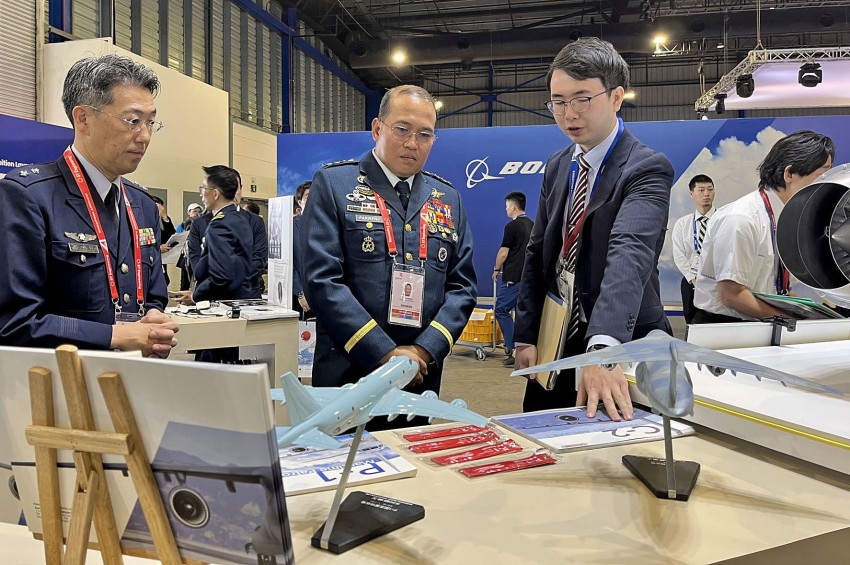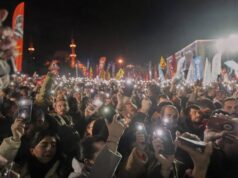Japan hosts Singapore Airshow display for 1st time

Japan’s Defence Ministry is participating for the first time in the Singapore Airshow, one of the largest aviation exhibitions in Asia, in a bid to showcase products made by Japanese companies that are now available for export.
A total of 14 Japanese firms have put their products on display at the six-day exhibition that runs until Sunday, ranging from Kawasaki Heavy Industries Ltd.’s C-2 transport aircraft and P-1 maritime patrol aircraft, and UH-2 multi-purpose helicopters built by Subaru Corp. to NEC Corp.’s mobile surveillance radars.
Hideki Fukawa, director of the Defence Equipment Cooperation Planning Office of the Acquisition, Technology and Logistics Agency, said he hopes opportunities for the Japanese defence industry can be explored “for future defence equipment and technological cooperation,” especially now that Japan has liberalized its weapons export policy.
Japan began conditional arms exports after removing in 2014 an embargo that was long seen as a symbol of the country’s pacifism under the war-renouncing Constitution.
In December, Japan further eased its restrictions amid an increasingly complex security environment, including heightened tensions between China and the United States.
As a representative of the ministry’s weapons procurement arm, Fukawa explained the country’s defence policy had previously only allowed Japanese companies to provide maintenance services for U.S. forces overseas. But now, Japan can also provide services to military forces in Southeast Asian nations, he added.
Japan’s participation in the airshow is an opportunity to raise the profile of its defence industry overseas. The Japanese contingent at this year’s airshow is among the largest ever seen at an overseas defence exhibition.
Gen Komizo from Jupitor Corp., which displayed a small mock-up of its container-sized aeromedical evacuation unit, said, “It’s a good thing (to export defence equipment) because the Japanese defence industry is kind of stuck as the market is only Japan so it is difficult to maintain profit.”
Komizo said sales can be improved if there is a new overseas market developed for Japan-made defence products.
An official who advises a Southeast Asian government on defence equipment procurement was also among visitors to check out the joint booth set up by the Japanese ministry and companies.
The official, who wishes to remain anonymous, said while Japanese manufacturers have long equipped the Japanese Self-Defence Forces, they “haven’t had the opportunity to export until very recently, so it’s very interesting (for them) to come over and see” Southeast Asian buyers.
The airshow has attracted over 1,000 aviation and defence companies from approximately 50 countries, with many defence officials from various countries also in attendance.




